Publications and Podcasts
The DRC brings together scholars working at the intersections of aestheticism, fin-de-siècle studies, decadence, and modernism and those working on decadence beyond the parameters of the long 19th century.
Primary page content
Podcasts

BBC Radio 3 Free Thinking: Magic
In this episode of 'Free Thinking', Matthew Sweet delves into the deep history of magic, its evolution into religion and science and its continuing relevance in the 21st century. Joining his coven are novelist and historian Kate Laity, Professor of European Archaeology at Oxford University, Chris Gosden, John Tresch, Professor of the History of Science and Folk Practice at the Warburg Institute, and Jessica Gossling.
Forthcoming Publications

Bohemians: A Very Short Introduction
David Weir presents a concise and sophisticated account of the history of bohemian cultures and lifestyles, including little-known female bohemians like Fanny zu Reventlow and Lulu de Montparnasse.
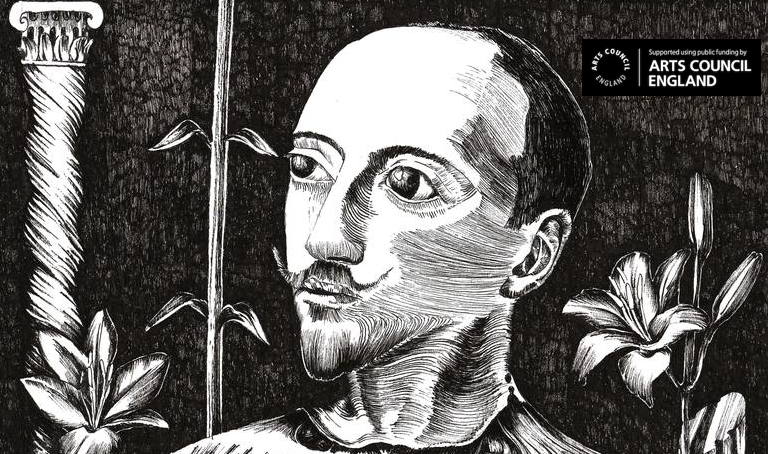
Decadent Plays: 1890-1930
Decadent Plays: 1890-1930, edited by Adam Alston and Jane Desmarais, will be published by Bloomsbury in 2023. The anthology will establish decadent drama as a field of creative writing and research by mapping and framing nineteenth- and early-twentieth-century plays concerned with decadent motifs, styles, and themes. The volume will include established as well as unpublished, out-of-print and little-known works by playwrights from Western and Eastern Europe, Russia, North America, and Japan.
We’re also delighted to announce that Dan Rebellato and Jennifer Higgins will be producing commissioned translations of Lorrain’s Ennoïa (1905) and de Gourmont’s Lilith (1892), and works-in-progress will be shared in a live performance event and a commissioned podcast in November 2021 – all of which have been made possible thanks to the generous support of Arts Council England.
Recent Publications
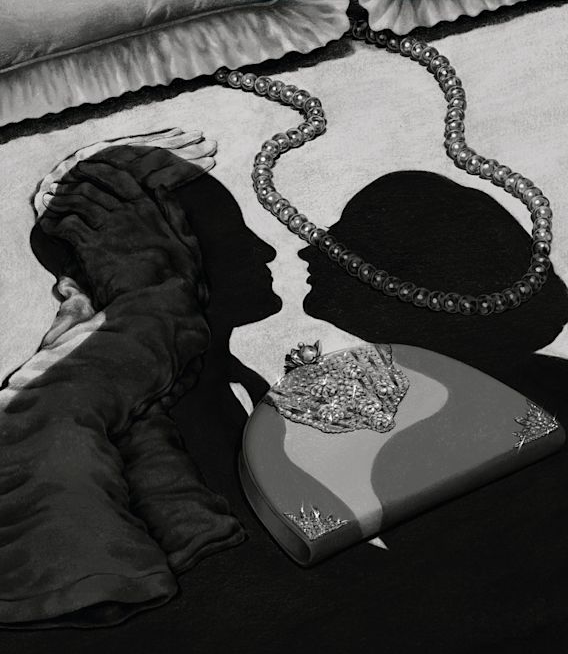
Trouble in Paradise
Ernst Lubitsch's Trouble in Paradise (1932) was released at a critical moment in cinema history, just after the advent of synchronized sound technology and just before the full implementation of the production code. By the time of its release, Lubitsch had already directed more than 50 films, but it was unlike anything he had done before. In his study of the film, David Weir explores its significance within Lubitsch's career, but also its larger cultural significance within the history of cinema, and the social context of its release during the Great Depression.
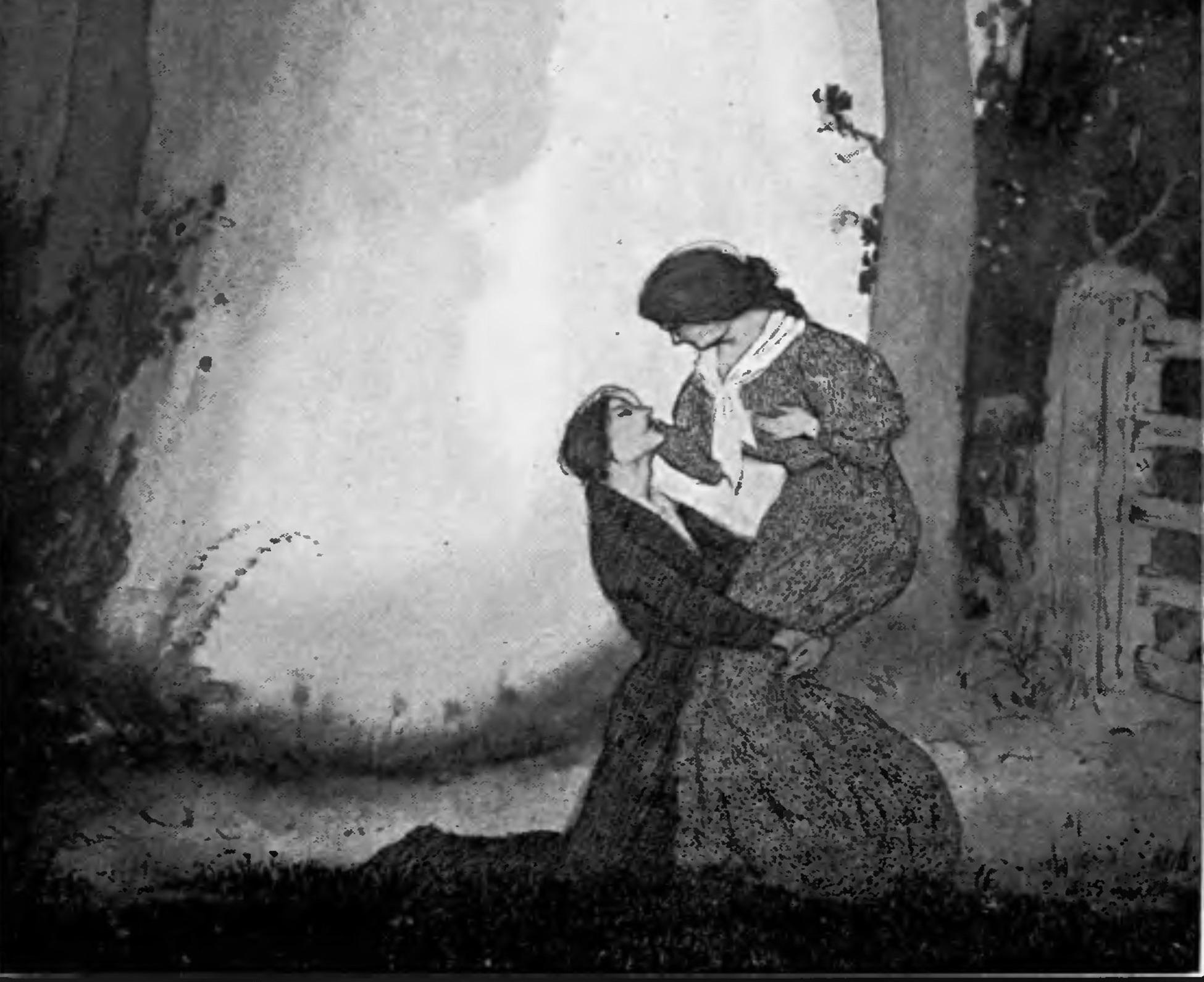
Arthur Machen’s The Hill of Dreams (1907) – Decadent Magic
In this chapter, Jessica Gossling examines Arthur Machen’s The Hill of Dreams (written between 1895-97 and published in 1907). “Magic” and “decadence” have both been used as pejorative terms, but in Machen’s novel they become synonymous with artistic rebellion and revolt against secular authority.
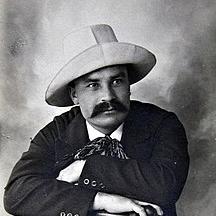
The “New People” of Decadence in Eastern Europe
This article by Sasha Dovzhyk discusses the interdependent notions of “decadent” and “new” in Russian and Ukrainian writers at the fin de siècle. Eastern European decadence is located at the intersection of not only gender and temporal perspectives, but also spatial ones created by the impact of the colonial situation on the culture of the region. By looking beyond the imperial Russian capitals of Moscow and St. Petersburg to examine the “new people” of decadence, this chapter decenters traditional views of the region to draw a less predictable landscape of Eastern European literature.
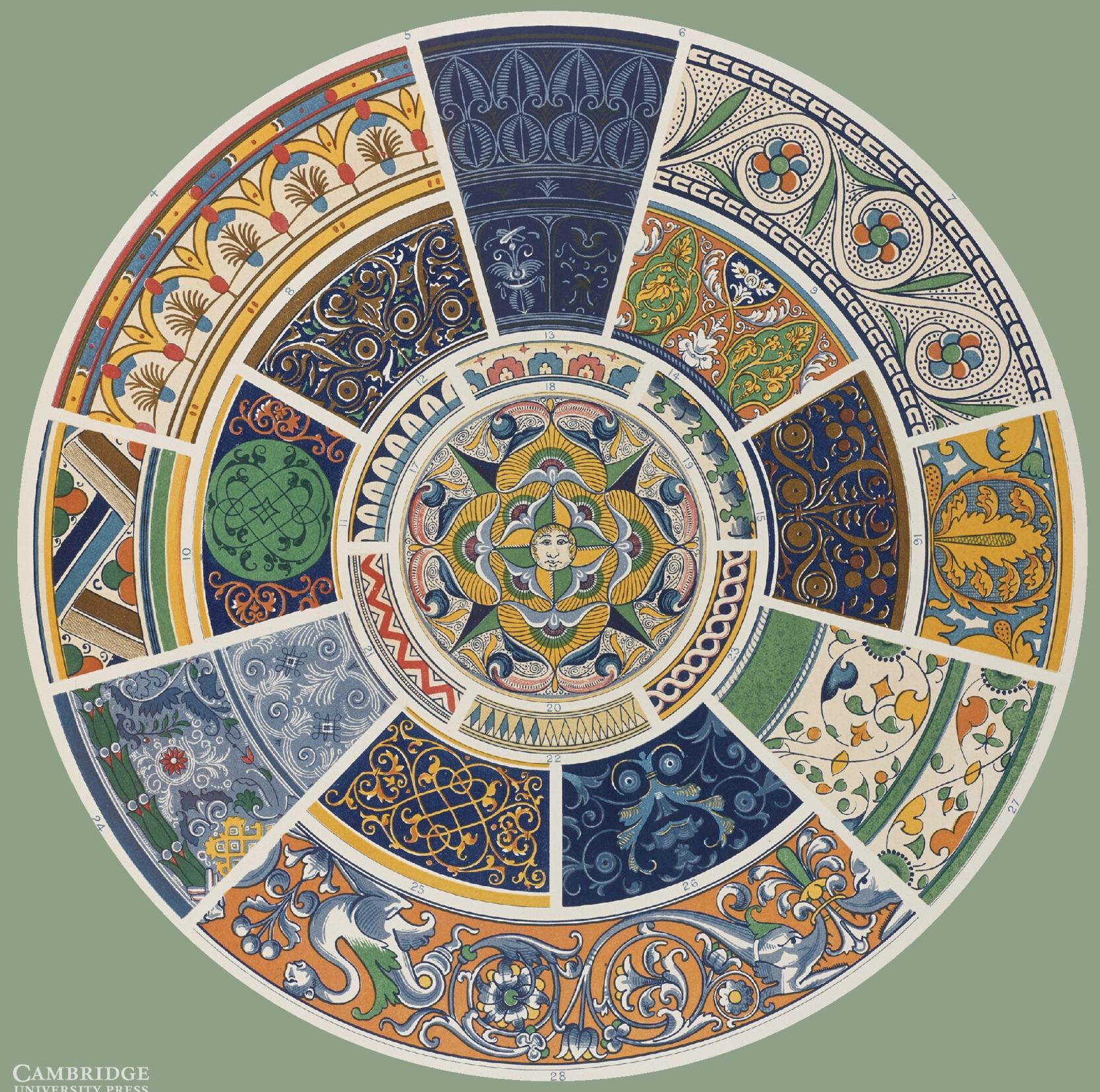
Late-Victorian Decadent Song Literature
This article by Prof. Jane Desmarais considers the Victorian and Edwardian vogue for setting late-Victorian decadent poetry to music. It examines the particular appeal of Ernest Dowson's and Arthur Symons's verse to the composers Cyril Scott and Frederick Delius, and discusses the contribution of women composers and musicians to the cross-continental tradition of decadent song literature and the musical legacy of decadence in the late-Victorian period and beyond.
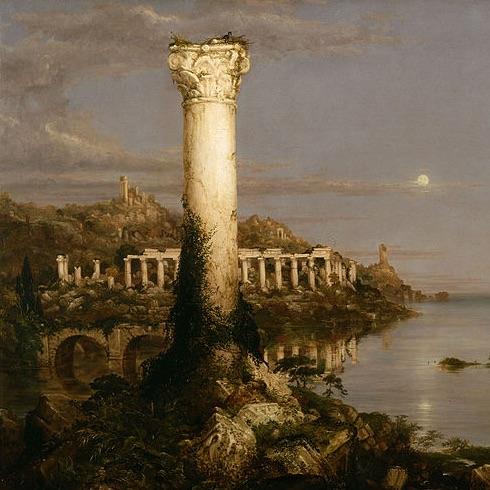
The Oxford Handbook of Decadence
The Oxford Handbook of Decadence, edited by Jane Desmarais and David Weir, includes discussion of the various literary manifestations of decadence, from the classical era to the present.
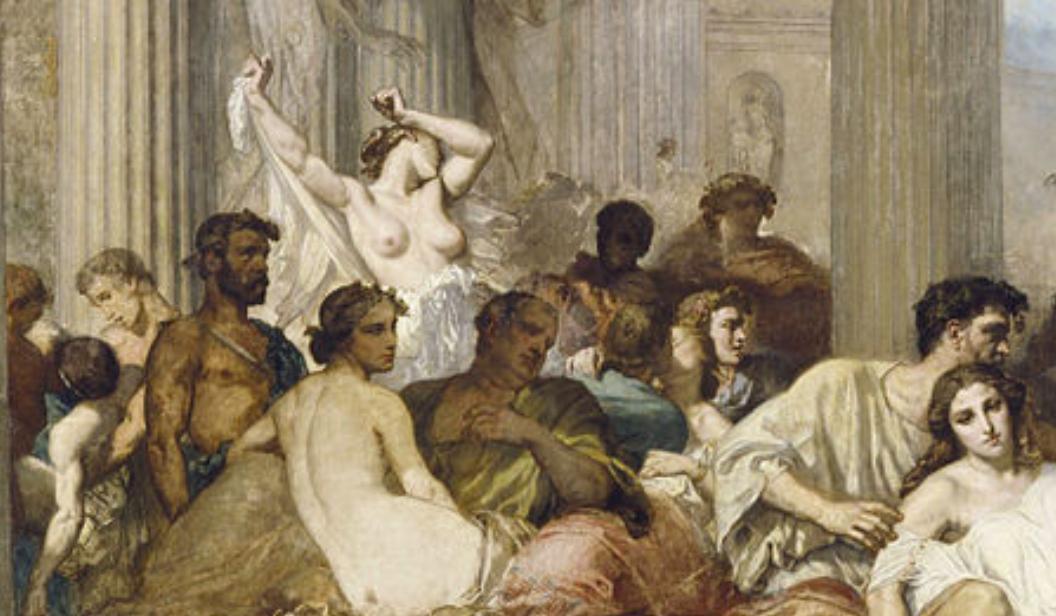
Decadence: Cambridge Critical Concepts series
Decadence and Literature (in the Cambridge Critical Concepts series), editied by Jane Desmarais and David Weir, explains how the concept of decadence developed since Roman times into a major cultural trope with broad explanatory power. No longer just a term of opprobrium for mannered art or immoral behaviour, decadence today describes complex cultural and social responses to modernity in all its forms.

Decadence: A Very Short Introduction
David Weir presents a concise and sophisticated account of the history of decadence from its origins in ancient Rome to its present resonance in contemporary life.
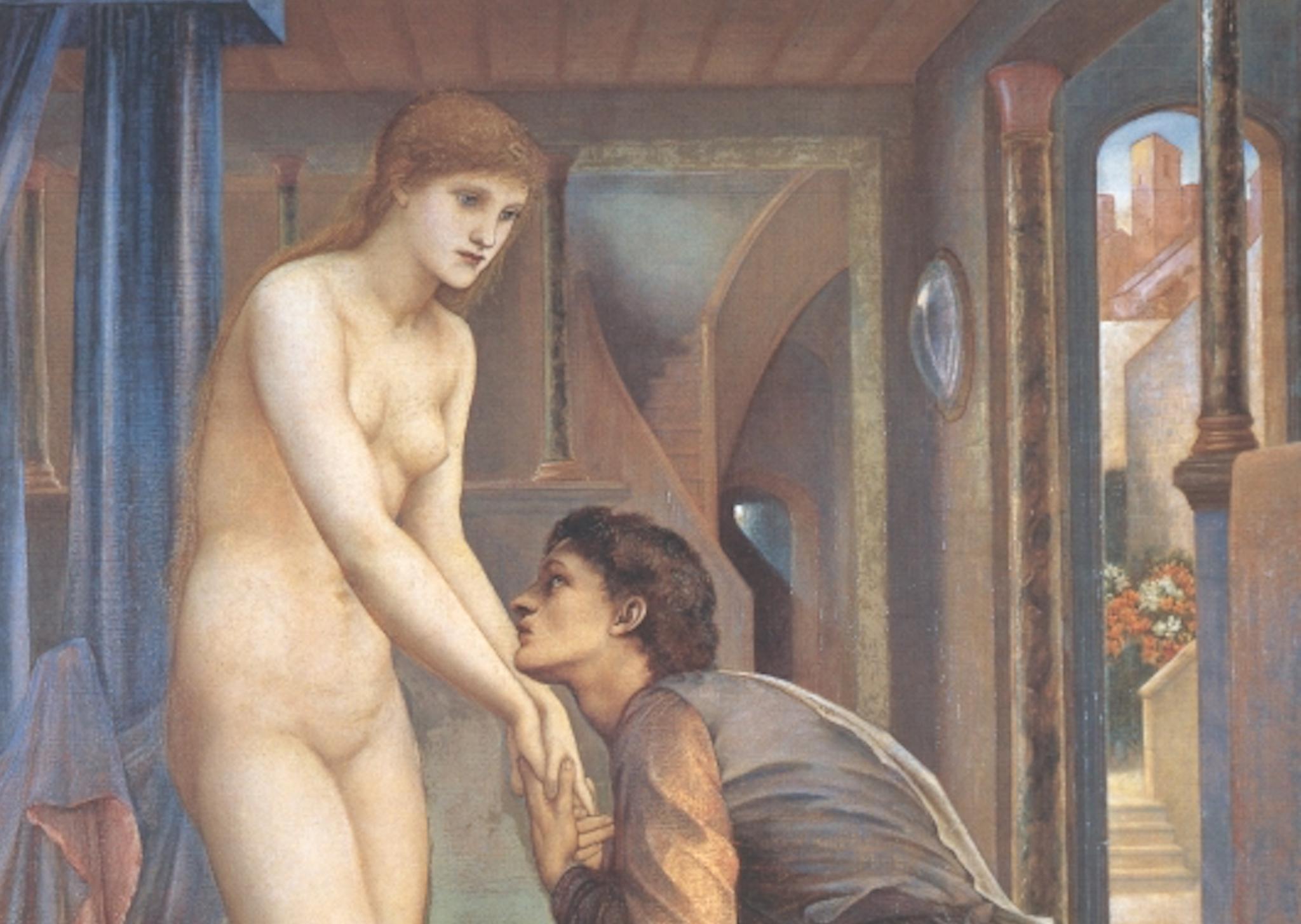
In Cynara’s Shadow
In the 120 years since the publication of his first poetry collection, Erenst Dowson has become something of a decadent legend, much anthologised and referenced in almost every study of English decadent literature, but he is still considered a minor figure of the fin de siècle. In this first book-length scholarly study of Dowson, Alice Condé and Jessica Gossling draw him out of the shadows and acknowledge his talent and legacy.
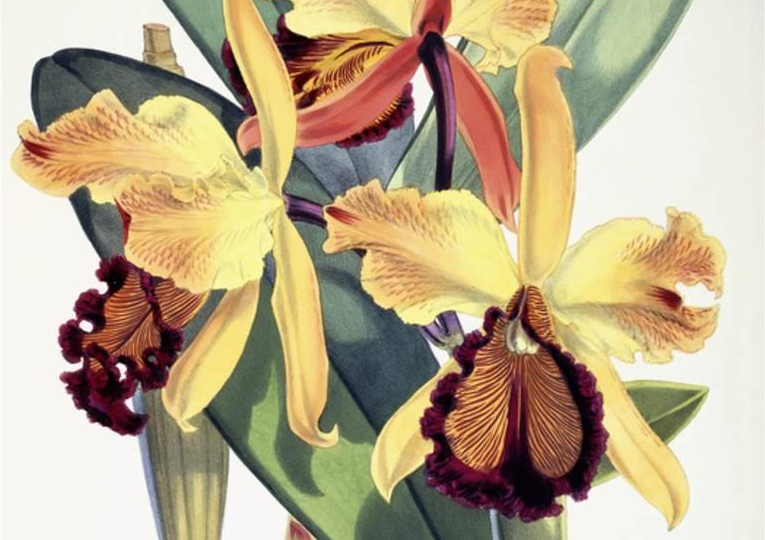
Monsters Under Glass
In Monsters Under Glass, Jane Desmarais explores our enduring fascination with hothouses and exotic blooms. Our interest in hothouses can be traced back to the Roman emperor Tiberius, but it was only in the early nineteenth century that a boom in exotic plant collecting and new glasshouse technologies stimulated the imagination of novelists, poets, and artists, and the hothouse entered the creative language in a highly charged way.
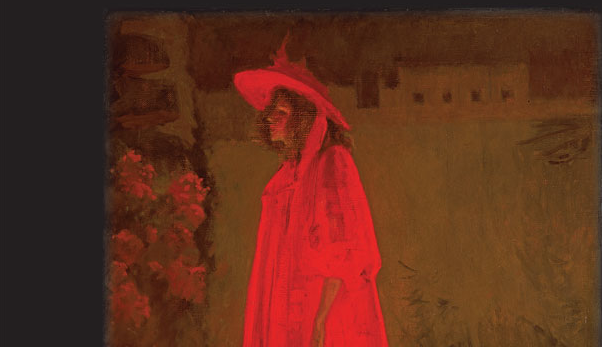
Arthur Symons, Selected Early Poems
Arthur Symons (1865–1945) was a central figure in the decadent phase of English poetry of the 1890s. This selection from Symons’s most fertile period as a poet reproduces the fuller revised editions of Silhouettes and London Nights in their entirety, together with related poems from his other early volumes, Days and Nights (1889), Amoris Victima (1897), Images of Good and Evil (1900), and with early poems collected in Knave of Hearts (1913).

Decadence: An Annotated Anthology
The tradition of decadent writing in the nineteenth century remains a fascinating current in the evolution of modern literature. This anthology, edited by Jane Desmarais and Chris Baldick, brings together key texts from an international range of decadent writings and writings about decadence, many of them previously hard to find and some freshly translated from French, German, Italian, and - in a special section on ancient Roman antecedents - from Latin.